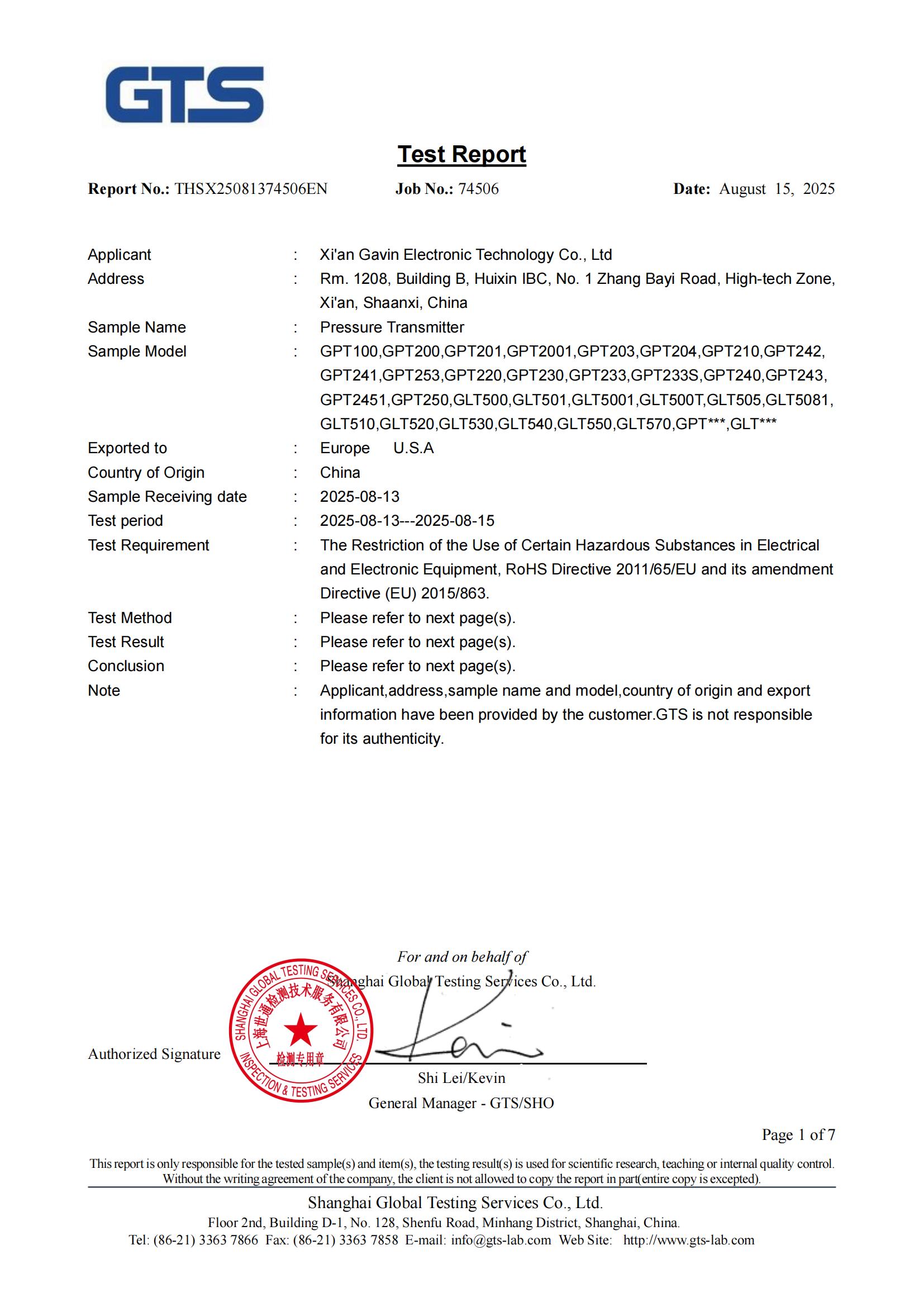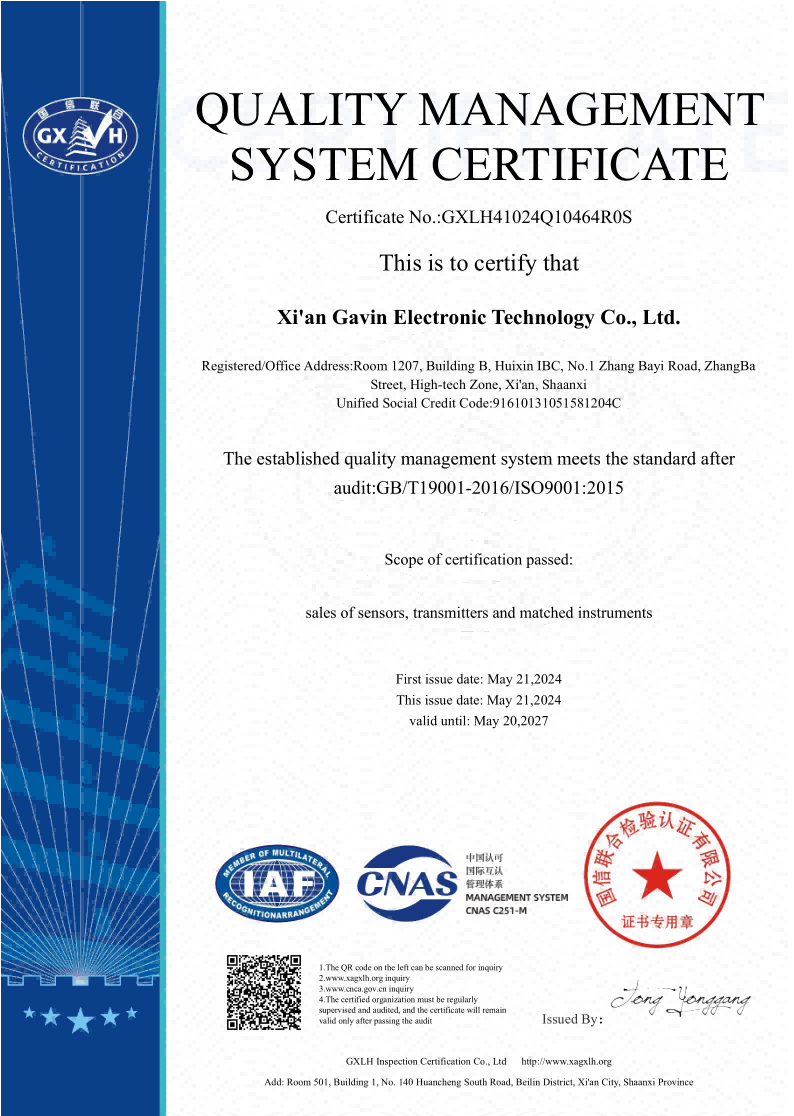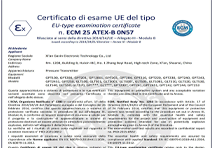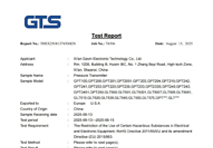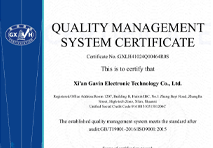Troubleshooting Wireless Level Transmitters Connectivity Issues
Understanding Wireless Level Transmitter Technology
A methodical technique is needed to fix connectivity problems in wireless level transmitters. First, check the signal strength and power source. Check the antenna links and where they are placed. Make sure that the network settings and gadget parameters are set up correctly. Look into possible sources of influence. If you need to, update the software. If the problems don't go away, you should carefully look at the signal line and think about using signal boosters or moving the transmitter. Wireless level measurement systems can avoid many common connection problems by being maintained and inspected on a regular basis.
Understanding Wireless Level Transmitter Technology
What is a Wireless Level Transmitter?
A Wireless Level Transmitter is a high-tech device used to check the level of liquid in tanks, vessels, and other objects from afar. These smart sensors send level data to control systems or cloud platforms in real time using wireless communication methods. Wireless Level Transmitters are different from standard wired systems because they can be installed in more ways and cost less to set up.
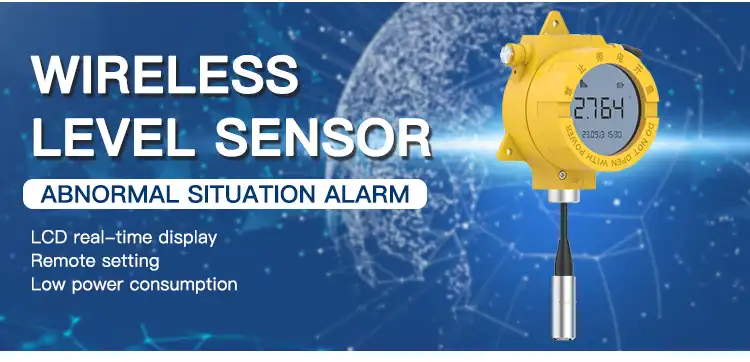
Key Components of a Wireless Level Transmitter
To fix problems with a Wireless Level Transmitter, you need to know what its main parts are. Most of the time, these gadgets include:
- A sensor (like a pressure, sound, or radar sensor)
- A signal processor
- A wireless communication module
- A power source (usually a battery)
- An antenna for sending signals
Each part is very important for getting level info across and measuring accurately.
Common Communication Protocols
Wireless Level Transmitter use a variety of transmission protocols, each with its own advantages and disadvantages. Some popular methods are:
- LoRaWAN: low-power, long-range communication
- GPRS/4G: transmission through cellular networks
- NB-IoT stands for "narrowband internet of things
- Zigbee is a short-range mesh network standard
Which system you choose affects the transmitter's range, how much power it uses, and its ability to send data.
Identifying Common Connectivity Issues
Signal Strength Problems
Wi-Fi Level Transmitters often have problems with not having enough signal power. This can happen if there are physical barriers between the emitter and receiver, if the receiver is too far away from the base station, if other electronic devices are interfering, or if the antenna is not aligned correctly or is damaged. Regularly checking the signal power can help find these problems quickly and fix them.
Power-related Challenges
Many Wireless Level Transmitters are powered by batteries, so problems with the power can make it hard to join. Low battery charge, batteries that lose power over time, wrong power management settings, and batteries that don't work well at high temperatures are all common problems. Having a strong energy management plan is important for staying connected all the time.
Network Configuration Issues
Wireless Level Transmitters can have trouble connecting for a long time if the network is not set up correctly. Some important things to look for are:
- Wrong network credentials
- Communication parameters that don't match
- A firewall or other security setting that is blocking messages
- Firmware or program versions that are too old
Many configuration-related connection problems can be avoided by checking network settings on a regular basis.
Effective Troubleshooting Strategies
Systematic Approach to Problem Solving
A methodical approach is necessary to fix problems with Wireless Level Transmitter connection. Do these things:
- Check the status of the power source and batteries
- Check the quality and power of the signal
- Check the physical links and where the antennas are placed
- Look over the options for setting up the network
- Look at the logs of data transfer
- If you have other ways to communicate, try them out first
This methodical process makes it easy to find the cause of connection issues.
Diagnostic Tools and Techniques
When fixing Wireless Level Transmitters, using the right diagnostic tools can make the process a lot faster. Signal strength meters, network analyzers, protocol-specific diagnostic software, and data tracking equipment are some of the most important tools. These tools give you useful information about how the radio is working and help you find problems that might be happening.
Preventive Maintenance Practices
Wireless Level Transmitters can have fewer connection problems if they have strong preventative maintenance practices in place. Some important tactics are:
- Regular firmware updates
- Scheduled battery replacements
- Regular calibration checks
- Environmental protection measures
- Routine signal path analysis
Regular repair cuts down on downtime and makes the system more reliable overall.
Conclusion
To fix connection problems in Wireless Level Transmitters, you need to know a lot about the technology and solve problems in a methodical way. Industries can make sure that level measures are reliable and accurate by finding common problems, using good diagnostic methods, and putting in place preventative maintenance plans. As wireless technologies change, it's important to keep up with the newest developments and best practices to make sure that these important measuring tools keep working at their best.
Experience the Reliability of GAMICOS Wireless Level Transmitters - GAMICOS
GAMICOS is a world leader in measuring liquid level and pressure, and their latest Wireless Level Transmitters are made to connect and work better than ever. With its 4G technology and advanced control algorithms, our GLT5081 intelligent wireless liquid level transmitter makes sure that data transfer is reliable and that it will work for a long time. GAMICOS makes high-quality products for many different types of businesses around the world. They are experts at custom solutions and are dedicated to coming up with new ideas. Our professional help and full after-sales service will make a difference for you. If you have any questions, please email us at info@gamicos.com.
References
1. Smith, J. (2022). "Advanced Techniques in Wireless Level Measurement". Industrial Automation Quarterly, 45(3), 78-92.
2. Johnson, A. & Lee, S. (2021). "Troubleshooting Guide for Industrial Wireless Sensors". Sensor Technology Handbook, 3rd Edition. Wiley Publishing.
3. Zhang, Y. et al. (2023). "Connectivity Challenges in IoT-based Level Monitoring Systems". Journal of Industrial Internet of Things, 12(2), 205-220.
4. Brown, R. (2022). "Best Practices for Maintaining Wireless Level Transmitters in Harsh Environments". Chemical Engineering Progress, 118(9), 45-52.
5. Davis, M. & Wilson, K. (2023). "Comparative Analysis of Wireless Protocols for Industrial Level Measurement". IEEE Sensors Journal, 23(4), 3456-3470.

Peter
Peter, Senior Sensor Technology Consultant, has 15-year industrial sensor R&D experience. He specializes in the end-to-end development of high-accuracy pressure and level sensors and he firmly believe, precision isn’t just a spec—it’s a promise.
We're here to help — submit your request anytime!
Let us know how we can help solve your pressure level measurement challenge.
Recommended Blog
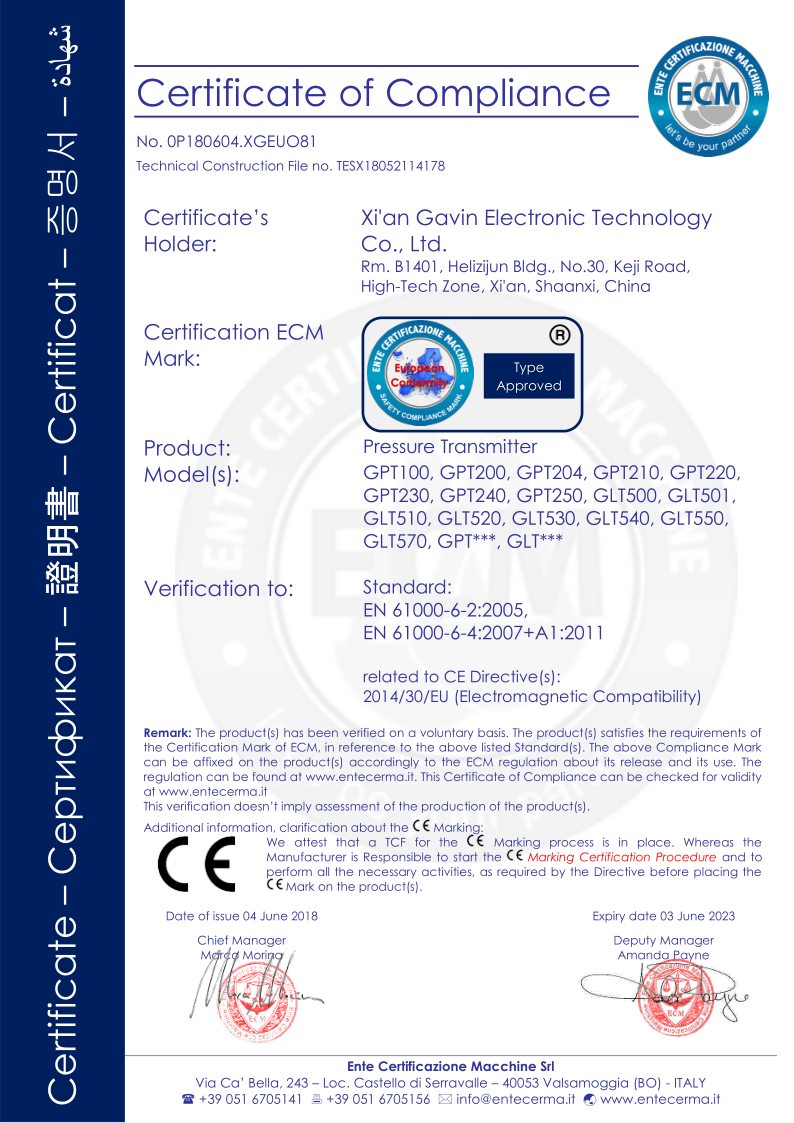
_1757930850792.jpg)
